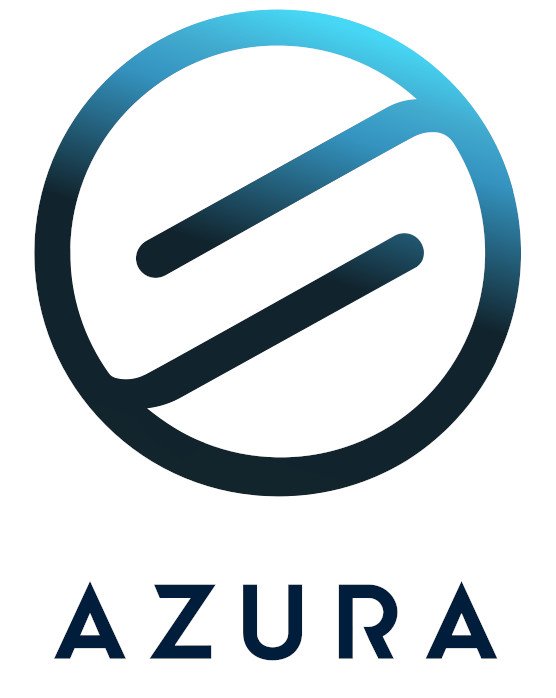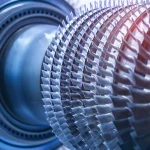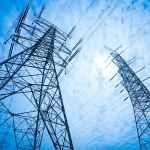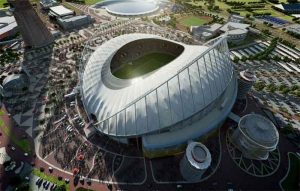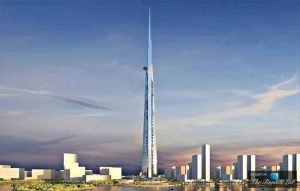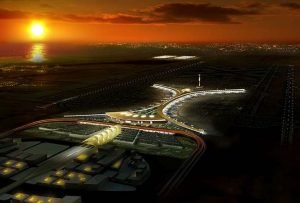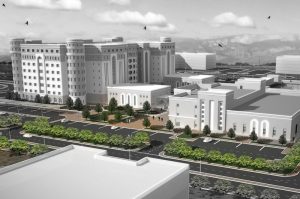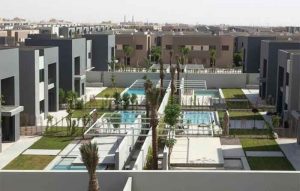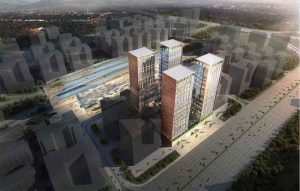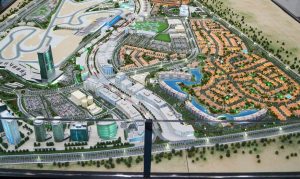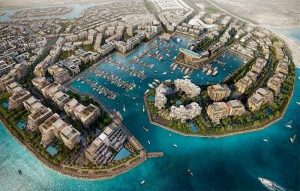
District Cooling Solutions
Design of District Cooling Systems and Associated Infrastructure.
Overview
District cooling is a highly energy-efficient cooling system that supplies chilled water to multiple buildings within a district or area. It works by producing chilled water at a central location and then distributing it through an underground network of pipes to buildings in the area. District cooling can be used for both commercial and residential buildings and is an eco-friendly alternative to traditional cooling methods. In some cases, district cooling systems are combined with district heating systems to form a district energy system (DES), offering a comprehensive and efficient approach to meeting both cooling and heating needs for entire neighborhoods or cities.
Benefits of District Cooling
District cooling has numerous benefits, some of which are:
- Energy efficiency: District cooling systems are more energy-efficient than conventional air conditioning systems due to use of highly efficient and industrial grade cooling equipment e.g., centrifugal chillers as well as other optimized operation processes.
- Cost savings: District cooling systems, if designed and implemented correctly, can result in significant cost savings for both building owners and tenants, as they reduce the need for individual cooling systems and lower energy consumption.
- Reduced carbon footprint: District cooling systems can significantly reduce the carbon footprint of projects compared to conventional systems due to high efficiencies and adaptation of sustainable technologies.
- Increased reliability: District cooling systems are exceptionally reliable and can provide uninterrupted cooling to multiple buildings, even during power outages.
- Heat to Cooling: District Cooling enables the potential use of waste heat recovery to produce additional cooling and therefore increasing the overall efficiency.
- Efficient O&M: By eliminating the individual cooling system and their associated mechanical and electrical system in each building, the building owners and tenant will be relieved of Operation and Maintenance (O&M) difficulties and staffing, and they can instead focus on other building technical issues. District cooling O&M works can be done by the expert company at one centralized location with lower overall cost and more professionally.
- Integration with Smart Cities: The integration of District Cooling with future smart city infrastructure enables seamless optimization of overall city-wide energy and infrastructure planning and coordination.
Best Practices for District Cooling
Some best practices for district cooling are:
- Efficient design: District cooling systems must be designed efficiently to ensure optimal performance and minimal energy consumption.
Thermal Energy Storage (TES) Tank: TES tanks can be integrated with the district cooling plant to optimize the overall efficiency of the system, provide additional reliability and back-up cooling as well as lowering electricity costs by production of cooling (or portion of it) during electricity off-peak hours.
Regular maintenance: Regular maintenance of the system is necessary to ensure smooth operation and reduce the risk of breakdowns.
Use of renewable energy sources: The use of renewable energy sources such as solar power can significantly reduce the carbon footprint of the district cooling system and can be easier integrated in a centralized District Cooling (DC) plant. In general, it is more practical and economical to adopt for new renewable energy technologies at scale at one centralized location rather than individual smaller cooling systems.
Efficient operation: The district cooling system must be operated efficiently to ensure optimal performance and energy savings.
Partner with Our Design Expertise
Azura Consultancy is an independent international engineering design consultancy, specialized in District Cooling within District Energy Sector. The team boasts extensive experience in design, consultancy, and technical due diligence of District Cooling projects, primarily in the middle-east region. Impressively, Azura team executed projects exceeding 1 million tons of refrigeration cooling capacity (TR), underscoring its significant expertise and leadership in the field.
Azura offers comprehensive technical services for innovative projects, tailoring solutions to meet specific client needs. Combining a multidisciplinary MEP team for design, assessment, and reviews of mission-critical projects, Azura leverages a vast network of partners for global and regional expertise. This enables delivery of international services with local knowledge, ensuring projects benefit from extensive experience across industrial and commercial sectors.
Our team of experts will work closely with you to assess your specific needs, identify the most effective cooling strategies specific to your side, and provide comprehensive guidance throughout the entire process. We leverage our industry experience and advanced modeling tools to design custom-tailored District Cooling solutions that maximize energy efficiency, minimize operational costs, and ensure long-term sustainability.
Out team has expertise and experience of planning, designing and implementation of some of the world’s largest, most efficient, and prestigious district cooling projects and initiatives.
By partnering with Azura Consultancy, you gain access to our wealth of knowledge, innovative approach, and commitment to delivering exceptional results. We are dedicated to creating sustainable environments through the implementation of District Cooling systems that not only benefit your project but also contribute to the overall well-being of the community and the environment.
Embrace Sustainable Cooling: Unlock Efficiency with District Cooling!
Our expert team specializes in designing and implementing efficient and sustainable cooling systems tailored to your specific needs. By partnering with us, you’ll optimize efficiency, reduce operational costs, and contribute to a greener future. Take the first step towards sustainable cooling solutions and contact us today!
Frequently Asked Questions On District Cooling
Here are some of the top frequently asked questions about District Cooling:
District cooling offers several advantages over traditional chiller systems:
Energy Efficiency: Large, centralized chillers in a district cooling plant can be more efficient than individual building chillers.
Cost Savings: District cooling eliminates the need for individual chillers and reduces overall maintenance costs for building owners.
Reduced Carbon Footprint: Centralized plants can often utilize renewable energy sources and achieve higher efficiencies, resulting in lower greenhouse gas emissions.
Increased Reliability: A district cooling system is designed to provide consistent cooling even during power outages, as the central plant can have backup systems.
Simplified Building Operations: Eliminates the need for building owners to manage and maintain individual chiller units, freeing up space and resources.
